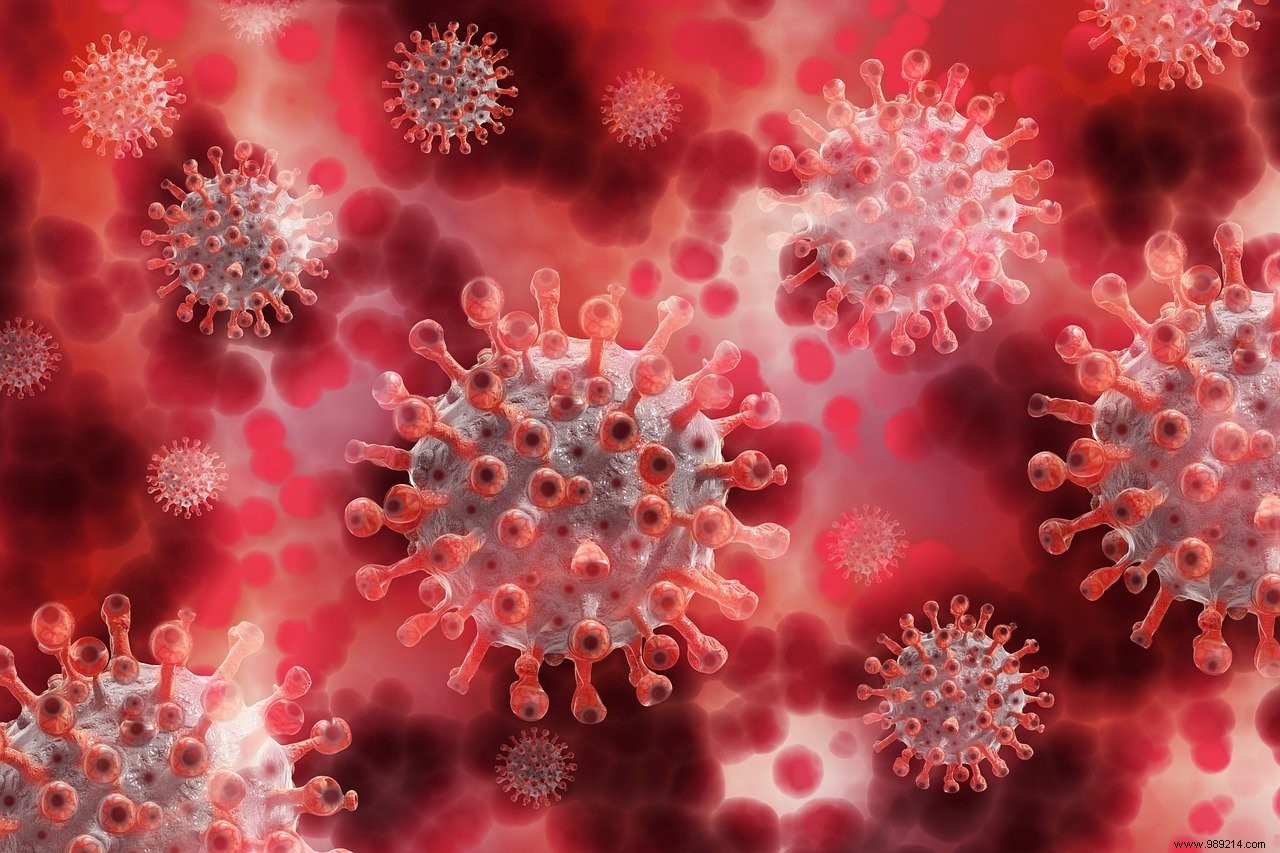Despite the fact that the SARS-CoV-2 coronavirus has been around for almost a year, we still don't know everything about it. A French research institute has just discovered a previously unknown proliferation mechanism for SARS-CoV-2. Indeed, the virus is able to use immune cells to increase its transmission.
Developing vaccines and other treatments for SARS-CoV-2 involves knowing its behavior in the organism. It is more particularly a question of knowing the entrance gates giving access to the cells that it infects. Generally, the cell surface contains receptors. While some are a way for viruses to cling, others can act as locks . Viruses use these to penetrate the body. To achieve this, viruses deploy proteins in large quantities.
Let's mention glycoprotein S, a protein found on the surface of the coronavirus. The latter allows the entry of the virus into human cells through its interaction with the ACE2 receptor present on the cell surface. In a study prepublished on the bioRxiv platform on August 10, 2020, researchers from the Interdisciplinary Research Institute of Grenoble (lRlG) discovered that other receptors also facilitate entry of the coronavirus into the body.

Scientists have brought to light several proteins from the lectin family (DC-SIGN, L-SIGN, MGL and Langerin). These are receptors found on immune cells. According to the study, it is a question of a multi-site recognition of protein S by exploiting the different surface glycans (sugars) of this same protein. Thus, the glycoprotein S has its inputs to allow the proliferation of the coronavirus. The interaction in question here does not make it possible to cause a direct infection of the cells by the coronavirus. On the other hand, the DC-SIGN and L-SIGN receptors are for example capable of transmitting the virus to permissive cells equipped with the ACE2 receiver.
According to the study directors, it is therefore a brand new means of transmission in the overall coronavirus infection process. Moreover, researchers already know how to inhibit this new mode of transmission. According to them, glycomimetics developed at the Institute of Structural Biology (CEA-Irig) should be used.
These works have so far only been the subject of a pre-publication. This research is therefore being peer-reviewed and will be authenticated or not.